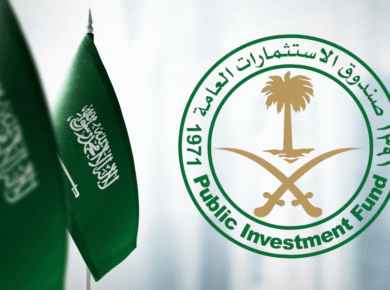OPEC+ cuts were offset by concerns over economic growth, leading to a drop in oil prices.
Oil prices took a hit as concerns over global economic growth overshadowed the positive impact of production cuts implemented by OPEC+ members. The price of Brent crude, the international benchmark for oil prices, dropped by 2.5% to $64.45 per barrel, while West Texas Intermediate (WTI) crude fell by 2.6% to $61.10 per barrel.
The decline in oil prices followed a week of gains, which were driven by expectations that OPEC+ would maintain its production cuts and the easing of concerns over the COVID-19 pandemic. However, the release of weaker-than-expected economic data from the US and China raised concerns over the strength of the global economic recovery, putting downward pressure on oil prices.
The Organization of the Petroleum Exporting Countries (OPEC) and its allies, including Russia, collectively known as OPEC+, agreed in April to gradually increase their oil production by 350,000 barrels per day (bpd) in May and June, and by another 450,000 bpd in July. The move was aimed at meeting the growing demand for oil as economies around the world recover from the pandemic.
However, the decision to increase production comes at a time when concerns over the global economic recovery are mounting. The US economy grew by just 1.6% in the first quarter of 2021, well below expectations, while China’s manufacturing activity slowed down in April, according to the Caixin/Markit Manufacturing Purchasing Managers’ Index (PMI).
The weaker-than-expected economic data has led to concerns that demand for oil could slow down, putting downward pressure on prices. This has raised questions over whether OPEC+ will continue with its planned production increases, or whether it will hold back on increasing production to support prices.
The decline in oil prices is also being driven by concerns over the COVID-19 pandemic, particularly in countries such as India and Japan, which are experiencing a surge in cases. The increase in cases has led to renewed lockdowns and restrictions, which could dampen demand for oil.
Despite the recent decline in oil prices, some analysts remain optimistic about the outlook for the oil market. The International Energy Agency (IEA) recently raised its forecast for global oil demand in 2021 by 230,000 bpd to 96.7 million bpd, citing the strong rebound in demand in the US and China.
In addition, the continued rollout of COVID-19 vaccines is expected to support the global economic recovery and boost demand for oil. The IEA expects global oil demand to recover to pre-pandemic levels by the end of 2022.
The recent decline in oil prices highlights the fragile nature of the global economic recovery and the challenges facing OPEC+ as it seeks to balance supply and demand in the oil market. The organization faces a delicate balancing act as it seeks to meet the growing demand for oil while also maintaining price stability.
In conclusion, the recent drop in oil prices is a reminder of the challenges facing the global economy and the oil market as they continue to recover from the impact of the COVID-19 pandemic. While the gradual increase in production by OPEC+ members is aimed at meeting growing demand for oil, concerns over economic growth and the pandemic are putting downward pressure on prices. As the global economy continues to recover, the oil market is likely to remain volatile, and OPEC+ will need to carefully manage production levels to maintain stability in prices.





